After nearly a year of boldly investing in raising civets, Mr. Nguyen Van Tam, in Ngai village, Van Phong commune, Nho Quan district (Ninh Binh) has initially had a stable income. This is a new breeding model, bringing high economic efficiency in the mountainous district of Nho Quan.
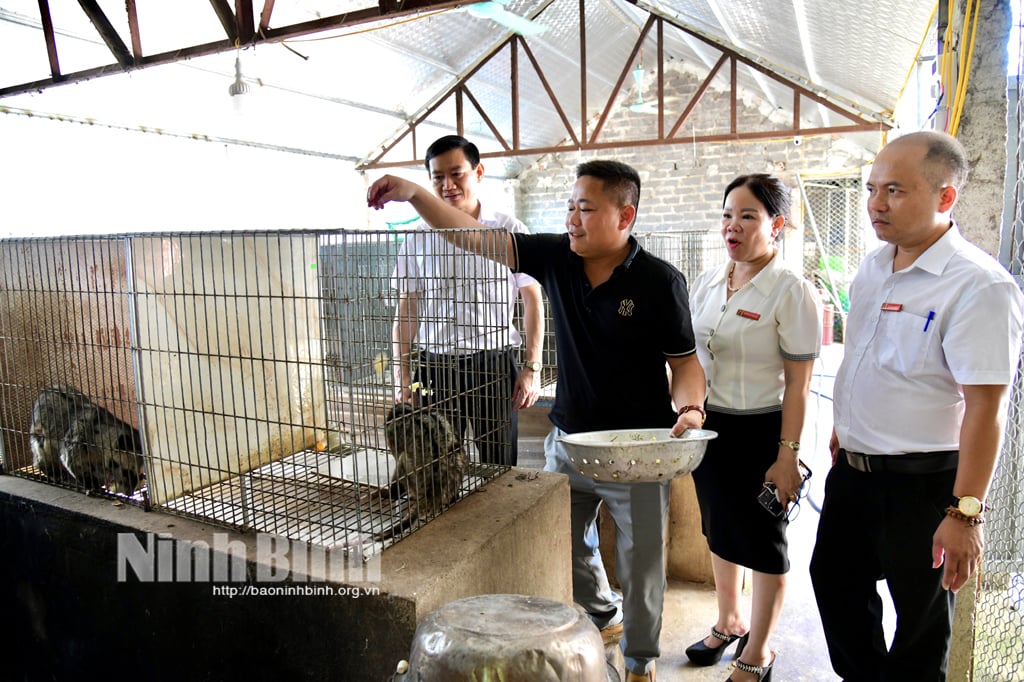
Agribank officials of Nho Quan district visited the civet farming model of Mr. Nguyen Van Tam's family.
Visiting Mr. Tam's breeding model, we clearly felt the special aroma emanating from the civets during the breeding season; the breeding area is always neat and clean without affecting the surrounding environment.
Mr. Tam recalls that in the past, to develop the family economy, he raised pigs, cows, turtles... Although they were effective to a certain extent, these animals required a lot of care and were often susceptible to diseases, so he decided to look for new animals that were more economically effective and had a lower risk.
In early 2023, with the advice of some friends and research on websites about civets, he decided to go to Chien Thang Cooperative (Ha Nam) to learn more about the characteristics and care of this pet. Realizing that this is a pet with potential and suitable for the natural conditions in Nho Quan mountains, he decided to "bet" on this new pet.
Mr. Tam said: "I contacted Thang Loi 1 Cooperative (Yen Bai) to get a quality source of breeds. Along with that, we cooperated, completed procedures to apply for a breeding license, mobilized funds from the Bank for Agriculture and Rural Development of Nho Quan district to build a breeding farm and purchased 20 civets for testing to multiply the herd. In particular, Thang Loi 1 Cooperative committed to ensuring the purchase of all products at the same price as the breeds when I bought them. Therefore, although the investment cost is large, I am quite assured and confident with the new breeding model".
Thanks to the good application of breeding techniques, Mr. Tam's civet herd has grown and developed. Up to now, after nearly 1 year, his family's civet herd has increased to 33 civets and recently sold the first batch for 19 million VND/4-month-old breeding civet, 23 million VND/adult mother and 30 million VND/adult father; estimated revenue from the first batch is about 300 million VND.
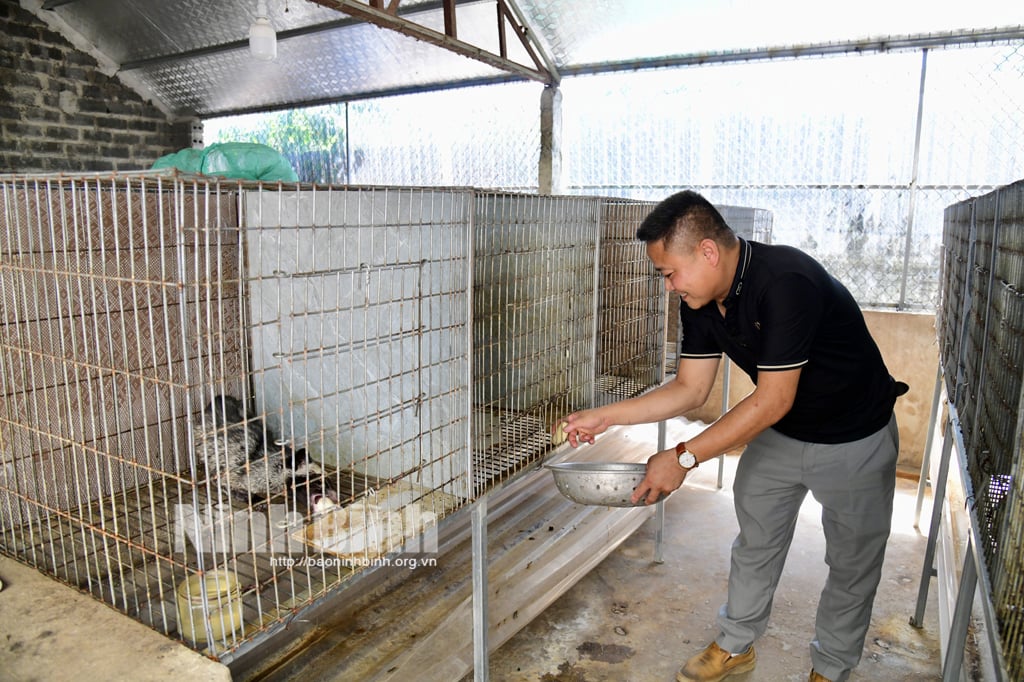
Sharing his experience in raising civets, Mr. Tam said that the cages need to have a heating system in the winter, a misting system to prevent heat in the summer, and to ensure that the temperature in the cage area is always stable. Civets are clean animals and do not like wet places. During the breeding process, the breeder must clean the cages every day to prevent the civets from getting sick, and change the drinking water regularly.
On the other hand, civets still retain their wild nature and are very aggressive. If kept together, they often bite each other to death, so small cages must be designed to house each civet in a separate cage. When the mother civet is in the stage of raising her young, if there is noise or she encounters a stranger, she will hide them in the nest, causing scratches, infections, and even death to her young. Therefore, the cage area where the mother civet is kept must be really quiet to avoid strangers from visiting.
Civets are also quite healthy and rarely get sick, mainly hair loss and itching due to fungus, the owner just needs to use crushed star fruit leaves with white salt to rub on the affected area. Or sometimes when the animal has intestinal disease, the owner feeds the civet unripe bananas to treat the disease. If you know how to take care of it, civets can reproduce 3 litters per year, each litter has 3 to 4 babies.
According to Mr. Tam, raising civets requires little care and cost. Each day, the cage only needs to be cleaned once; feeding 2-3 ripe peeled bananas and 1 tilapia, or frozen chicken. The cost of food for a civet is about 4,000 - 5,000 VND/day.
"Compared to previous livestock models, although the cost of breeding civets is high, they are easy to raise, do not take much time and effort, the food can be used locally and bring high economic efficiency, helping farmers recover capital quickly. In the near future, my family plans to expand the breeding civet herd to hundreds of civets, invest in more barns towards stable and sustainable livestock development," said Mr. Tam.
Article and photos: Hong Giang
Source: https://baoninhbinh.org.vn/nuoi-cay-huong-mo-hinh-moi-hieu-qua-cao/d2024062715252257.htm


![[Photo] Phuc Tho mulberry season – Sweet fruit from green agriculture](https://vstatic.vietnam.vn/vietnam/resource/IMAGE/2025/4/10/1710a51d63c84a5a92de1b9b4caaf3e5)

![[Photo] Unique folk games at Chuong Village Festival](https://vstatic.vietnam.vn/vietnam/resource/IMAGE/2025/4/10/cff805a06fdd443b9474c017f98075a4)


![[Photo] Prime Minister Pham Minh Chinh chairs meeting to discuss tax solutions for Vietnam's import and export goods](https://vstatic.vietnam.vn/vietnam/resource/IMAGE/2025/4/10/19b9ed81ca2940b79fb8a0b9ccef539a)



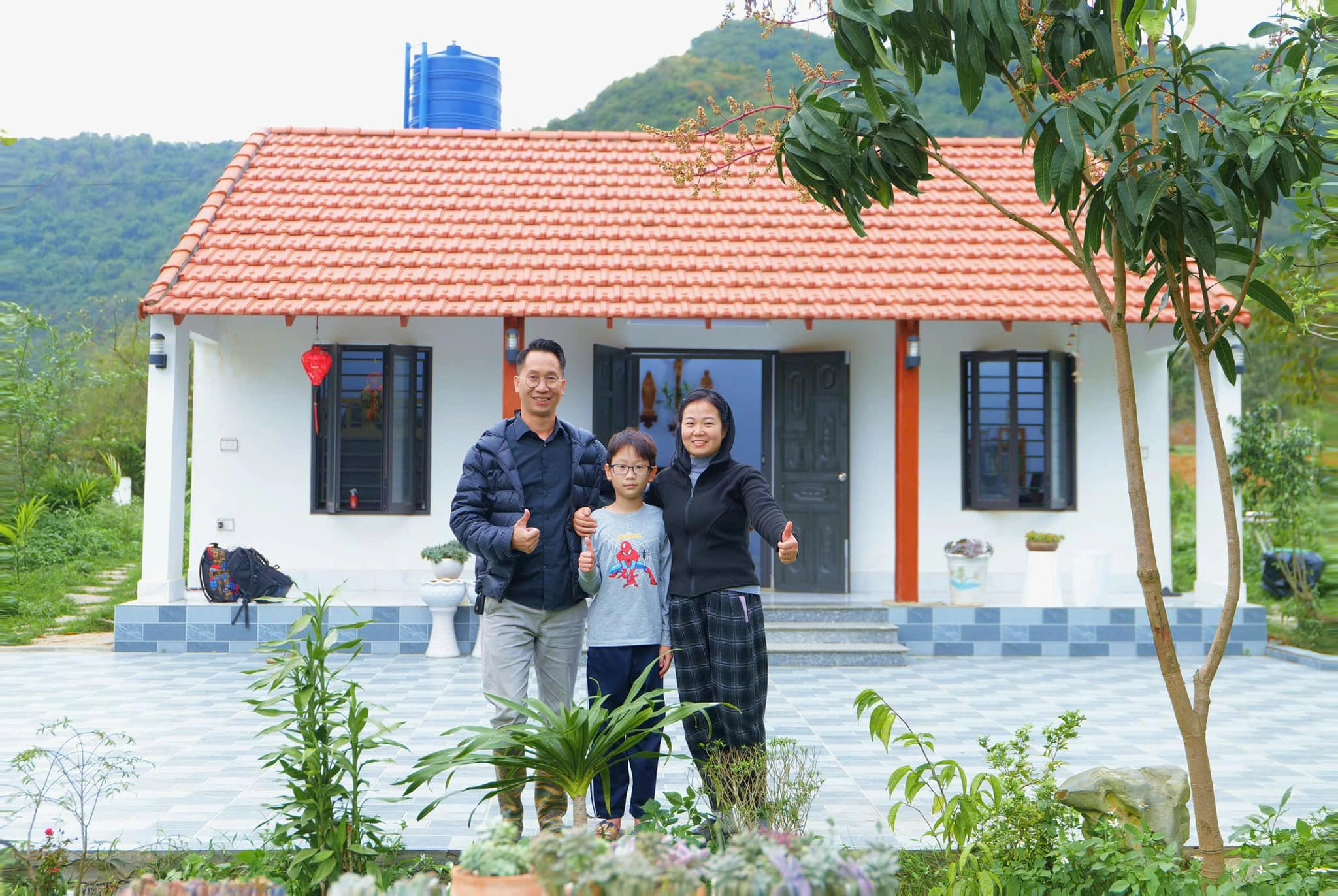










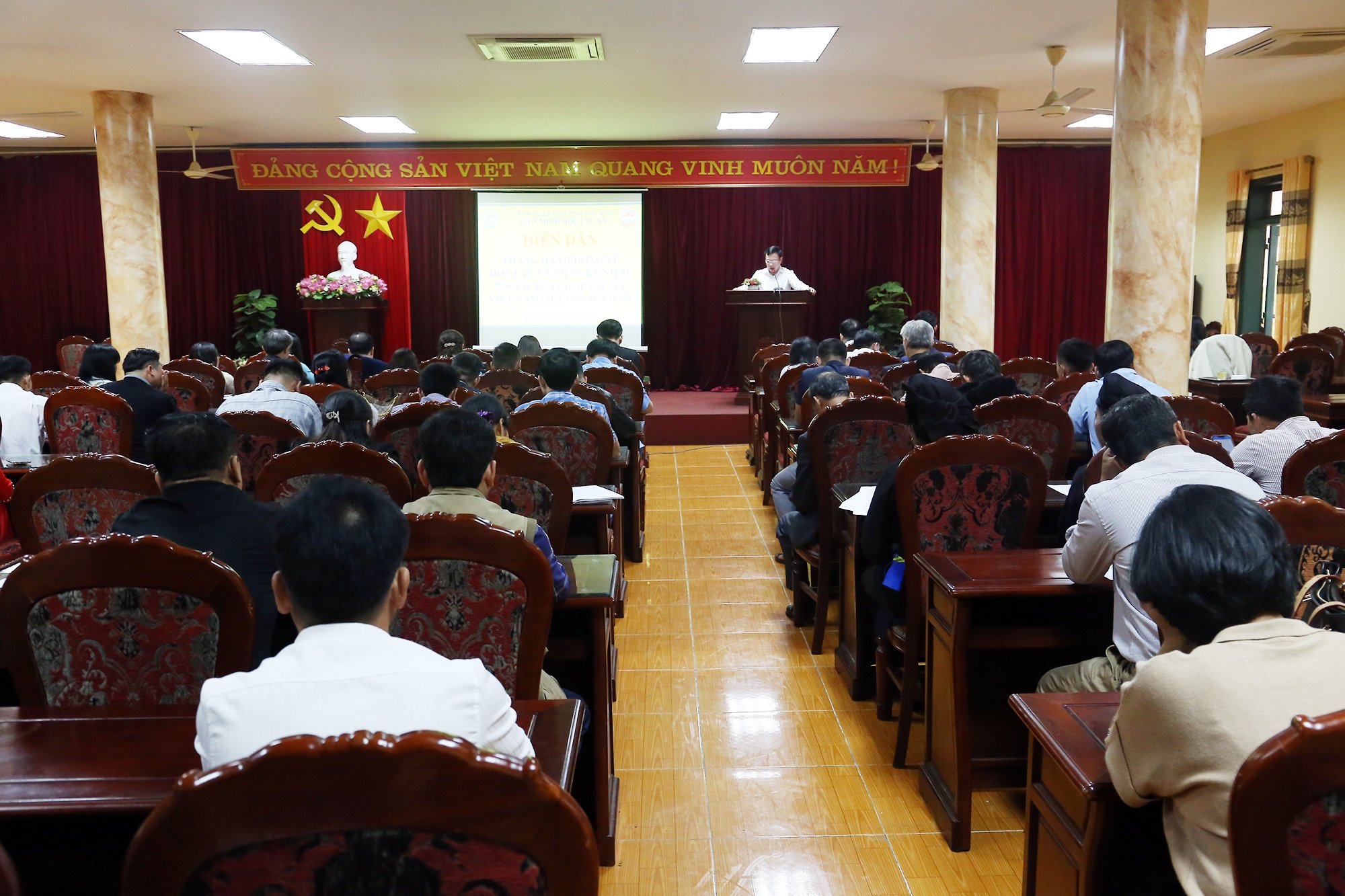






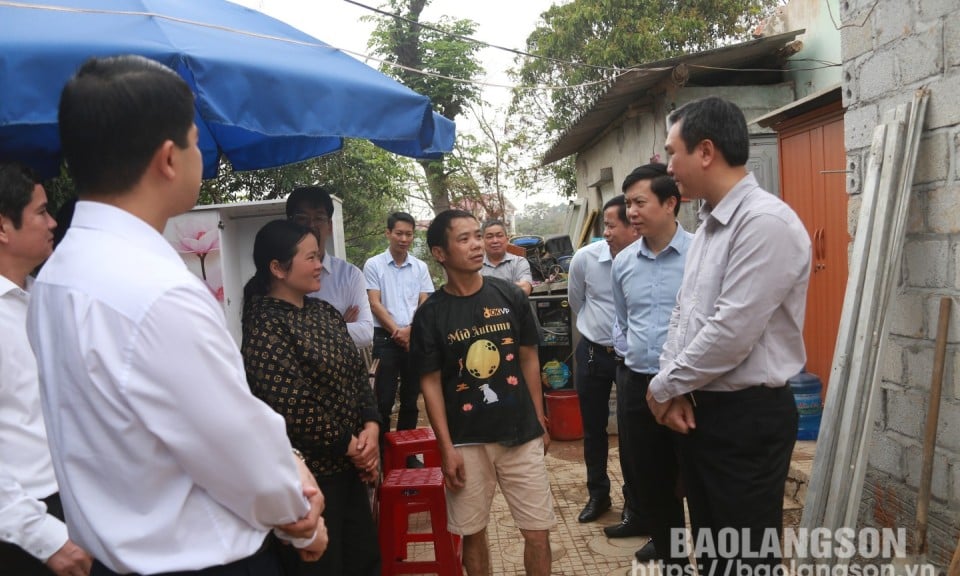



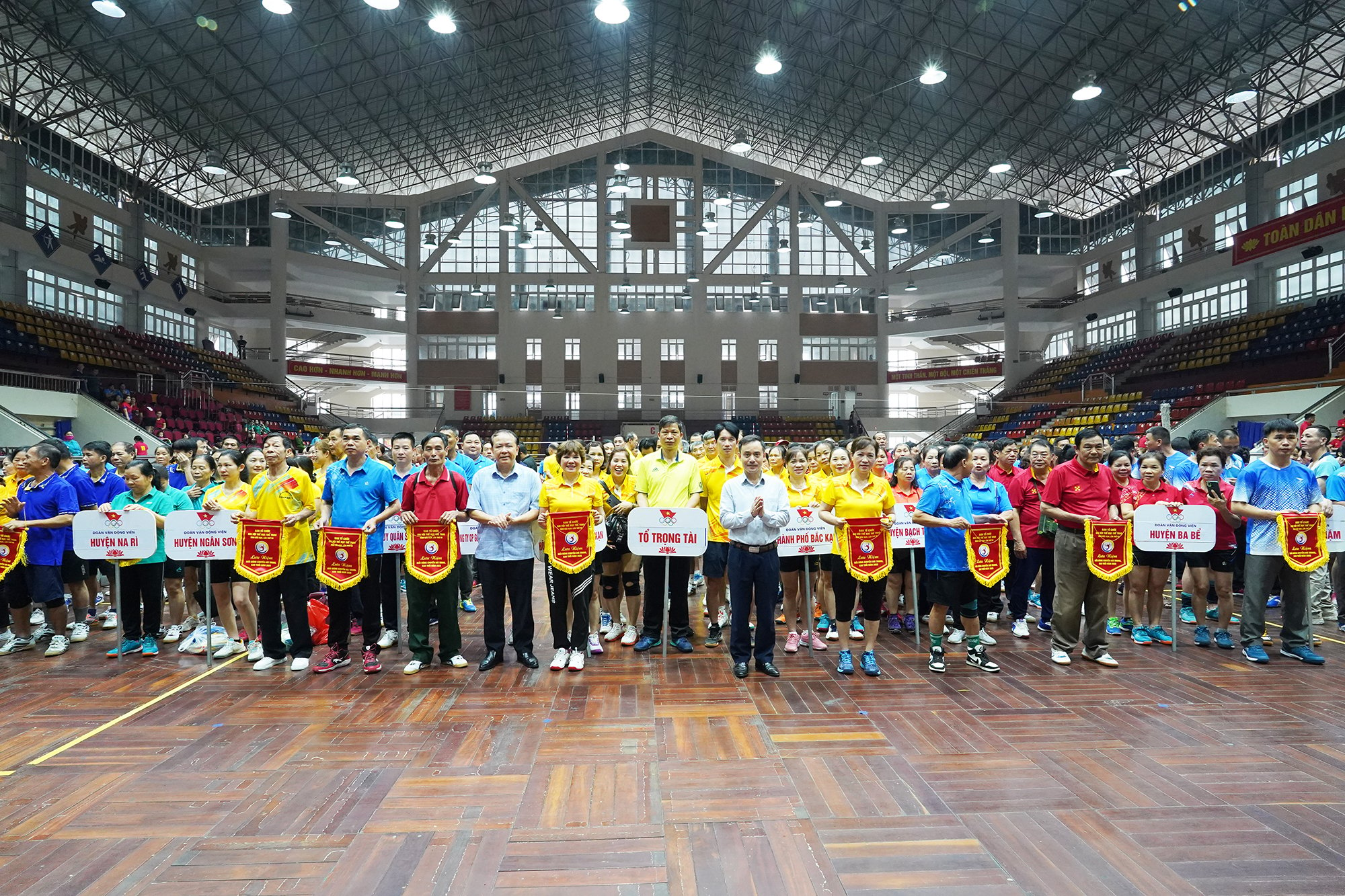






















































Comment (0)